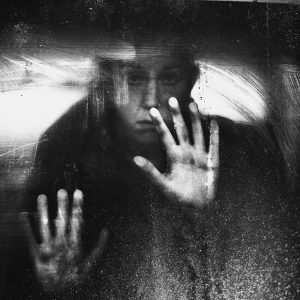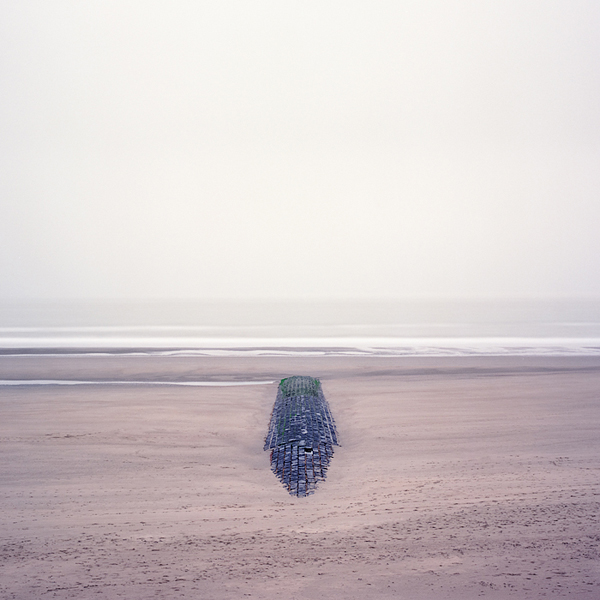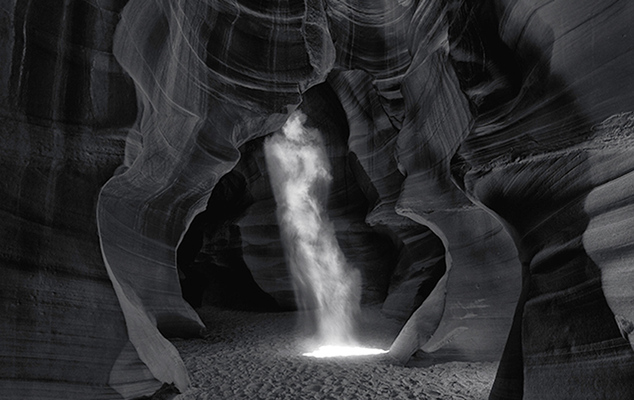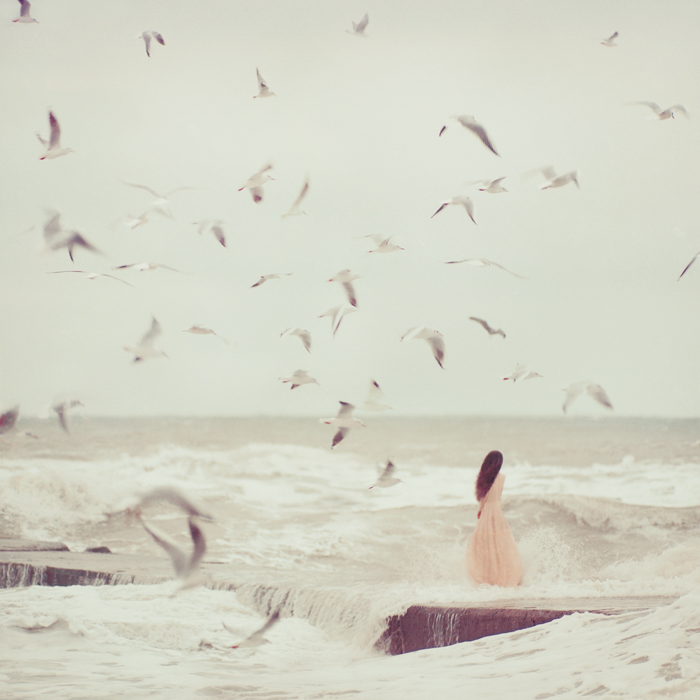“WITHOUT PAIN IS IMPOSSIBLE TO CREATE ANYTHING DEEP”
 Zewar Fadhil is a talented photographer from Iraq, a country that in recent decades is not the best place for a photo artist. Nevertheless, he is an example of the fact that photography does not recognize restrictions.
Zewar Fadhil is a talented photographer from Iraq, a country that in recent decades is not the best place for a photo artist. Nevertheless, he is an example of the fact that photography does not recognize restrictions.
Fadhil himself assures that with his creativity only shows what his inner voice, inspiration and dreams say. In his works you can see the huge and seemingly empty world of an endless city, which the author travels alone.
The photographer tells about the beginning of his career as follows: “I turned to photography as a child. My grandmother had a pretty decent library of books on philosophy and art and travel magazines. I spent a lot of time studying all this. I came home after school and read these books. Other people’s ideas were steps for me, through which I penetrated deeper and deeper into art. So I fell in love with him. I slowly began to realize that I could also give an outlet to my ideas through art. I think this thought struck me at the moment when I sketched a small portrait of Alexander Sergeyevich Pushkin. ”
Perhaps this motive of creativity is not at all new, but it is still piercingly sincere. Understanding yourself is not an easy task, and each person selects his own tools for this.
Zewar Fadhil himself speaks about this in more detail: “My work is a reflection of my past and my present state of mind. It all starts with memories, often about something sad and painful. Perhaps this is just the beginning or the remnants of depression. Inspiration can come from any source: from poetry, music, movies. I imagine the frame in my mind and keep it in mind until I am able to embody the idea. My work has a very deep and personal meaning. Must be strong emotional and psychological experiences, the air of despondency helps to create. ”
Zewar Fadhil admits that photography for him is not just creativity, but also a direct expression of emotions. That is why his photographs are obtained deeply personal, as if opening the door to private territory, to the inner world of the photographer. The source of inspiration for him, in addition to internal experiences, is philosophy, and above all existentialism. Philosophers such as Martin Heidegger, Jean-Paul Sartre and Friedrich Nietzsche have almost become characters in his world.
About emotions in the works of Zewar Fadhil says this: “I am a relatively lonely person and always in my own thoughts, dream about something or think about what I lost. There are two styles that interest me: this is conceptual art and artistic nude. The conceptual themes should have a brilliant and strong balance between the idea and the execution. In nude it is necessary to feel the tender strength and vulnerability of the characters. ”
In his work, Zewar Fadhil uses predominantly old Soviet film cameras, and he considers the film to be a necessary element of his work, because she, in his words, “expands the frame dimension”.
For beginners who are just looking for their way to creativity, Zewar Fadhil gives some tips:
“You have to be a witness, watch the world around you, walk every day and take photos. You embody the idea dissatisfied when viewing pictures already at home, but this is necessary because it is part of the learning process. Every step you take brings you closer to your own style, to the message you want to convey, and eventually you will find yourself in the middle of the path, exactly where you should be. You need a deep love for photography as a whole, a passion to capture everything that your heart sees. ”




